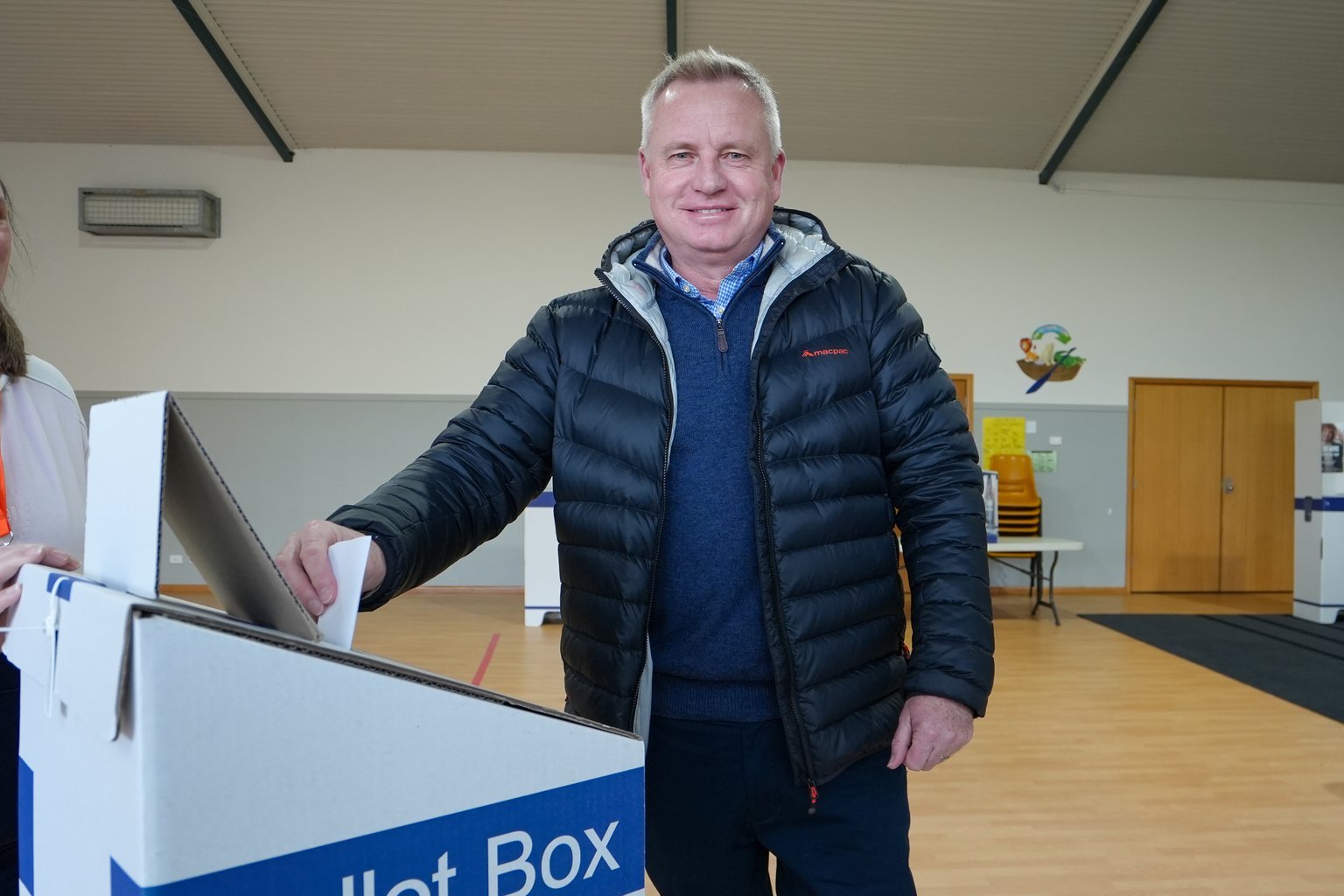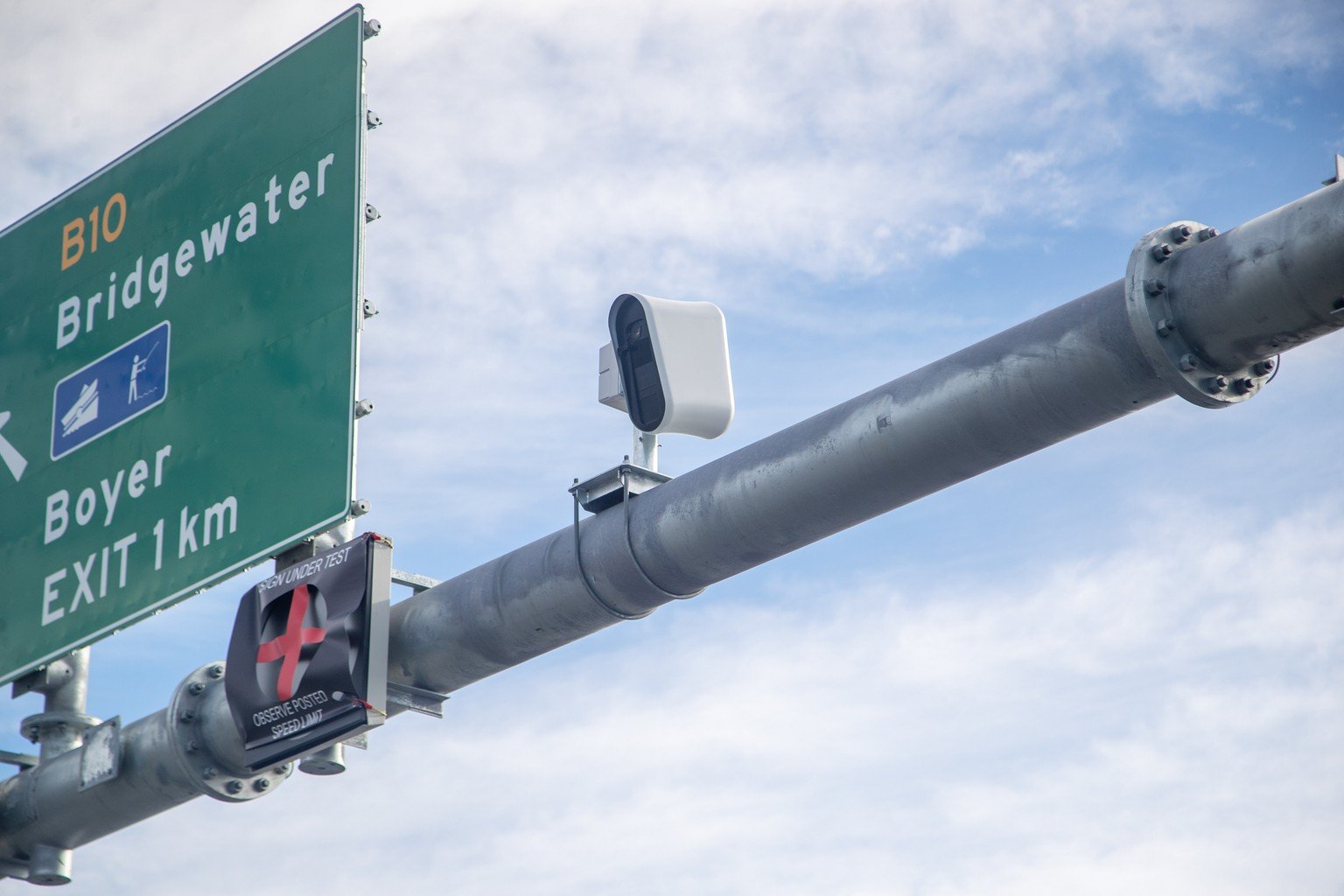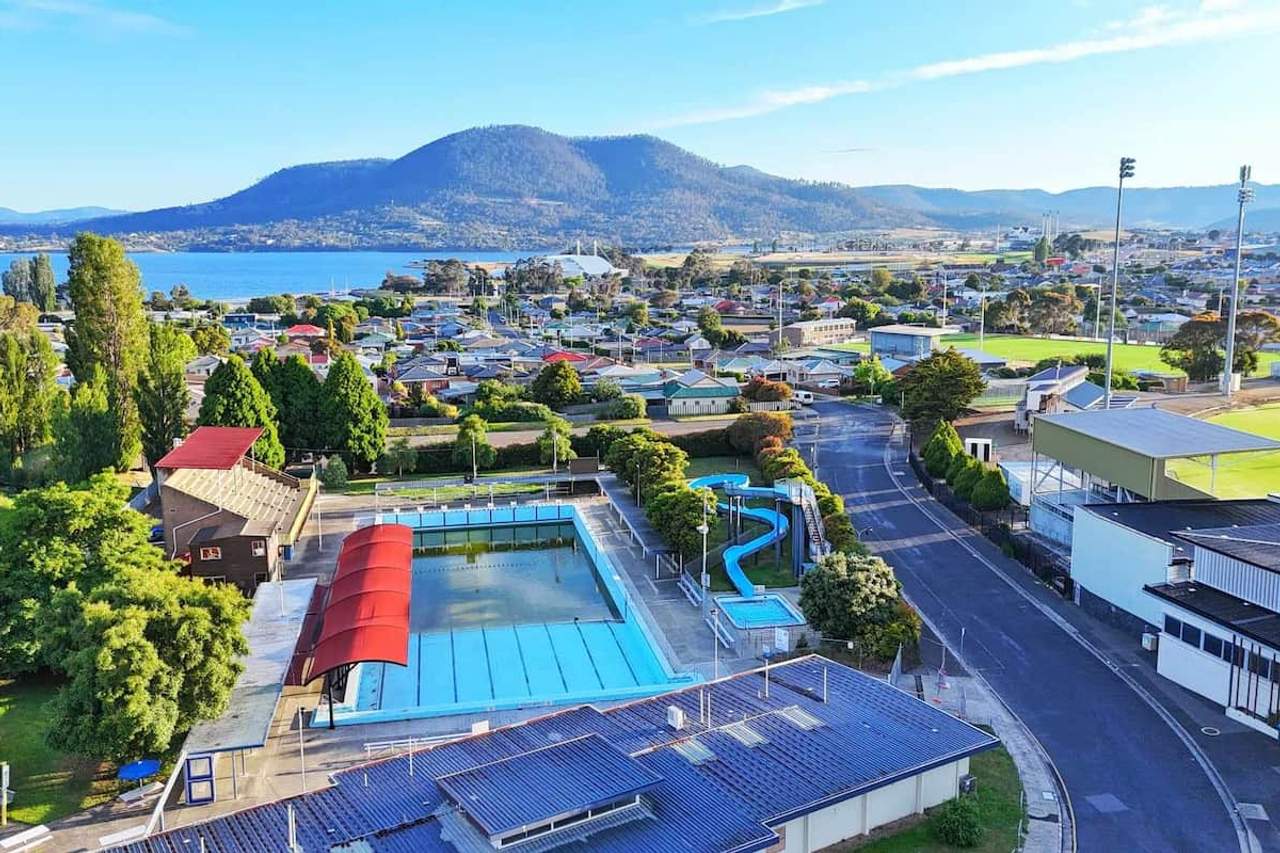A new report has challenged Hobart City Council’s planned Collins Street bike lanes as “not warranted” in their current form, prompting a senior minister to urge the council to stop “peddling its own agenda”.
The traffic study commissioned by the Confederation of Greater Hobart Business identified multiple concerns about the project’s impact on traffic flow, parking and overall road safety.
Government data analysed in the report revealed that of 59 crashes recorded on Collins Street in the past five and a half years, only one involved a cyclist and a car.
According to Midson Traffic, the design appears to be “heavily biased towards bicycle policy” on a street that “already caters for cyclists in a relatively safe manner”.

Under the current proposal, more than 40 parking spaces would be removed to accommodate bike lanes on both sides of the road.
The report notes alternative parking suggested by the council at the Centrepoint multi-storey carpark would force motorists to allow for up to 25 minutes to get in and out.

The redesign would also place a bus stop near Murray Street into an active traffic lane and remove two turning lanes, which the report warns will increase both congestion and the risk of intersection crashes between vehicles and cyclists.
Traffic modelling predicts afternoon intersection delays will increase by 10 seconds, similar to a separate council-commissioned study that suggested the removal of turning lanes could result in intersections being blocked across multiple signal cycles.
Confederation Chair Edwin Johnstone told Pulse the report was a “damning indictment” of the council’s approach.
“Hobart City Council is proposing to spend hundreds of thousands of dollars of ratepayers’ money to fix a safety problem for cyclists that, based on the expert evidence, doesn’t even exist,” he said.

“Worse, this report finds that these cycle lanes will lead to more crashes, traffic delays, negative impacts on traders and the loss of $300,000 in parking revenue to the council.”
The project has already faced setbacks, with Transport Minister Eric Abetz last year withdrawing $175,000 in funding citing community concerns.
The council subsequently allocated money from its emergency contingency fund to proceed.
“This is further evidence that the Hobart City Council is more interested in peddling its own agenda over the wants and needs of their community,” Abetz said today.

“We expect Hobart City Council to listen to the community and heed the very validly raised concerns.”
The Confederation has gathered the required 1,000 signatures to request a public meeting about the cycle lanes and is pursuing an elector poll to gauge community views.
Council Transport Committee Chair Ryan Posselt said the bike lanes would be installed as a two-year trial to create a “safer, more vibrant space for people walking, cycling and driving”.
“It should be noted that this trial has been informed by preeminent traffic consultants WSP Australia,” he said, adding the report by Midson “fails to acknowledge that Collins Street is not a strategic traffic route”.
“For example, the BBB network (Bathurst, Barrack and Brisbane Streets) has been optimised for faster, more reliable traffic flow, resulting in a 20% increase in usage with no change in travel time.”

Posselt said public consultation would continue throughout the trial and adjustments made as needed.
“While some parking spaces will be removed to accommodate improvements such as separated bike lanes and outdoor dining, about 1,400 public parking spaces remain available within the immediate vicinity,” he said.
“Additionally, key business needs, including loading zones and additional accessible parking, have been carefully incorporated into the design.”






